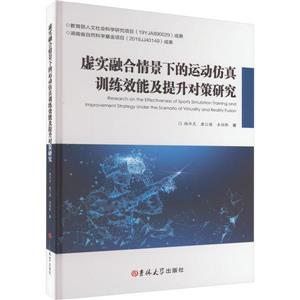
作者:纪瑛琳
页数:131
出版社:中山大学出版社
出版日期:2022
ISBN:9787306074171
电子书格式:pdf/epub/txt
内容简介
本书为国家社科基金项目“英汉双语学习者运动事件的心理呈现”(15BYY063)研究成果。本研究采用相似性判断的行为实验范式,通过范畴化(显性层面的选择策略)和连续性(隐性层面的反应时)两种测量手段考察了英汉单语学习者和不同水平的英汉双语学习者对空间运动事件的心理概念化过程。
作者简介
纪瑛琳,女,英国剑桥大学理论与应用语言学博士,英国学术院博士后,剑桥盖茨学者,深圳大学特聘教授,博士生导师,校语言与认知研究中心主任,深圳市政府海外高层次人才。
目录
List of Tables
Chapter 1 Introduction:Representing Motion Events Within and Beyond Language
Chapter 2 Narrating Motion Events in an L2-Evidence from English and Korean Learners of Chinese 13
2.1 How English learners across proficiencies acquire motion expressions in Chinese:A review of study by Ji (2021)
2.2 How Korean learners across proficiencies acquire motion expressions in Chinese:A review of study by Jin (2020)
Chapter 3 Motion Event Cognition in Bilingual Speakers
3.1 Representing motion events in an L2 context
3.2 Manner-salience in English and Manner-and Path-salience in Chinese
3.3 Motion event cognition in L2 learners
Chapter 4 The Coneeptualisation of Voluntary Motion Events in L2 English Learners (Experiment 1)
4.1 Predictions
4.2 Methodology
4.2.1 Participants
4.2.2 Materials
4.2.3 Pretest
4.2.4 Testing session
4.2.5 Coding
4.3 Results
4.3.1 Mean number of Manner-matches and Path-matches across 5 participant groups
4.3.2 RT in judgment across 5 groups of participants
4.4 Discussion
Chapter 5 The Coneeptualisation of Caused Motion Events in L2 English Learners ( Experiment 2)
5.1 Research questions and hypotheses
5.2 Materials
5.3 Results
5.3.1 Number of Manner-and Path-matched judgments across 5 participant groups
5.3.2 RT in Manner-and Path-matched judgments across 5 participant groups
5.4 Discussion
Chapter 6 Conceptualising Motion Events in L2 Chinese Learners ( Experiments 3)
6.1 Research methodologies
6.2 Results
6.2.1 Mean proportion of Manner-matches and Path-matches across 4 participant groups
6.2.2 The proportion of Path-matches across stimulus items
6.2.3 RT across 4 participant groups
6.3 Discussion of the results
Chapter 7 General Remarks
7.1 Significance of the study
7.2 Directions for future research
References
Appendices















